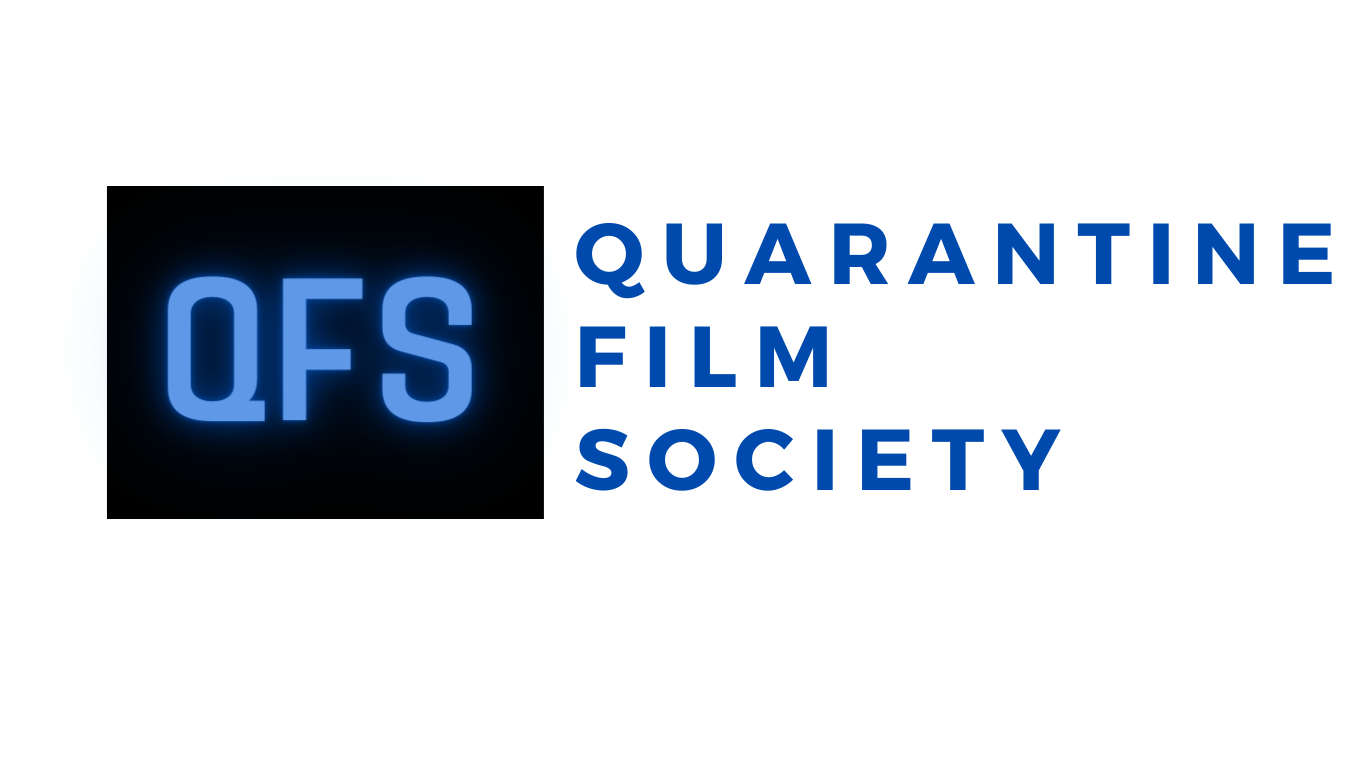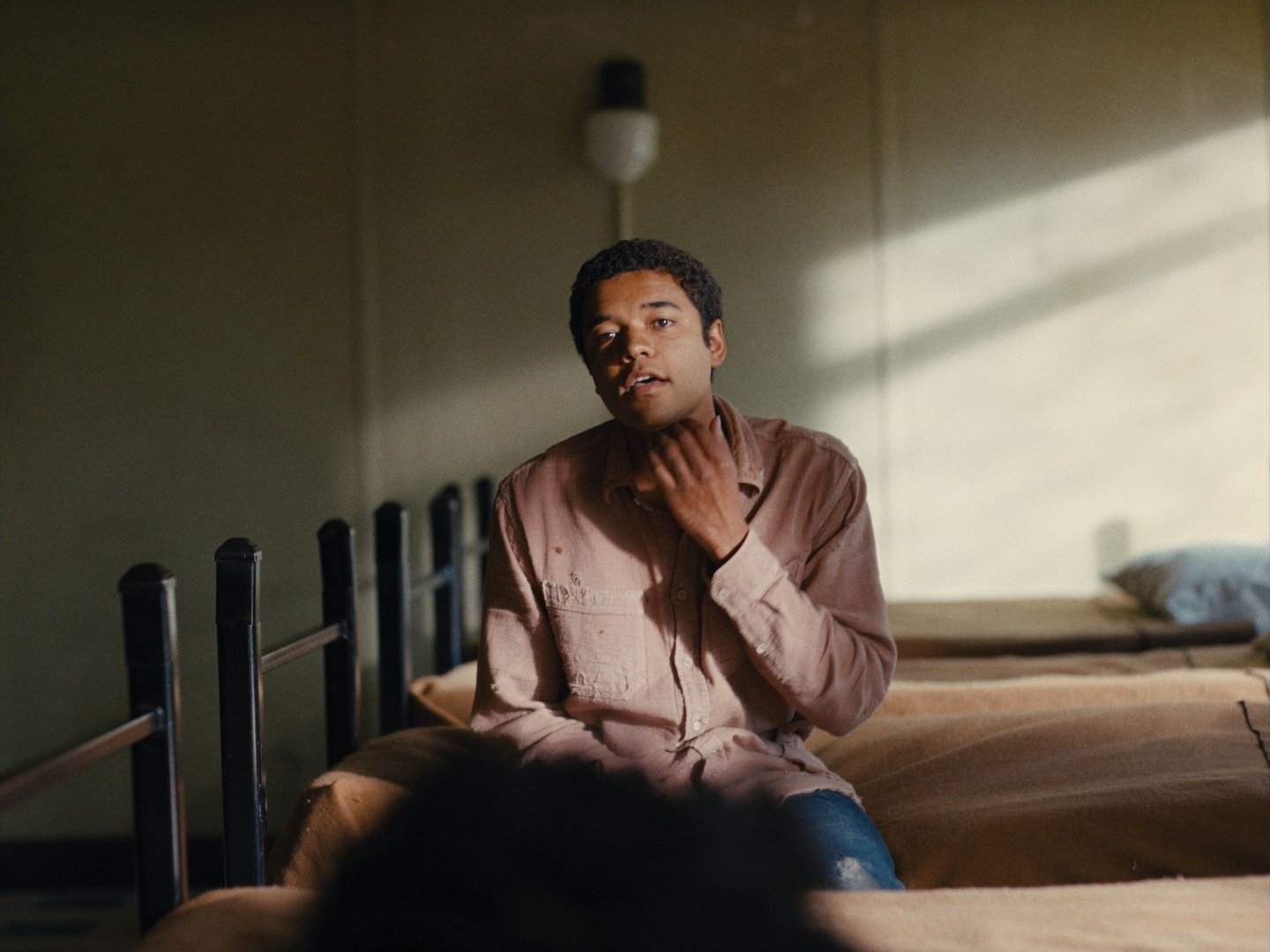Nickel Boys (2024)
QFS No. 166 - The invitation for February 19, 2025
I know even less about Nickel Boys than perhaps any of the other nominees. Which is exactly why I want to see it.
Here’s what I know about the film – Nickel Boys is based on a Colson Whitehead book, who is an author I tell people I’ve read but actually I have only had his Underground Railroad on my list for nearly a decade. And that concludes my knowledge of Nickel Boys.
Join us to discuss this blank slate of a film (at least for me) as we continue to watch the Oscar Nominees for Best Picture this year!
Reactions and Analyses:
As a filmmaker, one of the most powerful tools you can use is the point-of-view shot. The POV allows the director to put the audience in the perspective of the main character or to experience the scene through one person versus the other. Whose scene is it was the most common question asked of us in film school.
At the American Film Institute, where several of us in the QFS discussion group attended graduate film school, they hammer home this idea, that the film is told through someone. Scenes, which may have more than one protagonist (or antagonist, for that matter), must still be told to someone. These rules can be broken, of course, but the POV shot is one of the important concepts that separates film from stage and other forms of visual art.
Nickel Boys (2024) takes this idea to the extreme. The film is told entirely through a character’s perspective, through POV shots, and never deviates. There are no shots, nothing we experience in the film that is not from the point of view of one of our main characters. Even the still cutaways or stock footage-like vignettes are the imaginations of Elwood (Ethan Herisse). If you wanted to split hairs about it, there are a few moments when we’re behind our main character, seeing the back of his head. But the effect is the same - we are living this story with him.
The “him” changes, though. What appears to be Elwood’s story becomes also Turner’s (Brandon Wilson) story. At first, this feels sudden and not exactly with any real purpose. The addition of Turner’s perspective begins when Elwood and Turner meet, now at the brutally abusive Nickel Academy reform school, in a pretty ordinary school lunchroom scene. After nearly half the movie as Elwood, we now experience the the film through two pairs of eyes, which gives us the additional benefit of seeing Elwood and Turner instead of only through reflections.
Later on in the film, the real reason to add Turner’s perspective is revealed - they become the same person. Turner, who survives and escapes Nickel Academy, runs to Elwood’s grandmother Hattie (Aunjanue Ellis-Taylor) and informs her that her grandson Elwood was shot and killed in a field. Distraught, Turner and Hattie embrace which kicks off one of the most overwhelmingly emotional montages I’ve ever seen on screen. Intercut with black-and-white footage that feels like it’s from the slavery era, featuring White men on horseback hunting down “fugitive” Black people, we see old footage of a young Elwood, disappearing from each shot. One moment he’s on screen, the next, in the exact same frame, he’s gone. Blinking away, like a ghost, like he never existed. This all aligns with the terrible experience of Nickel Academy itself - kids would routinely just “disappear,” the administrators of the school claiming that the children ran away. When instead they were killed and buried and forgotten. I’m reminded of Ralph Ellison’s seminal work Invisible Man in which the Black first-person protagonist may as well be invisible by a cruel and indifferent society.
But wait - in Nickel Boys’ well-timed flash-forward sequences, aren’t we with a grown-up Elwood? Didn’t he survive? No, it turns out that Turner has assumed Elwood’s identity after escaping and surviving and traveling north to New York in the decades since his traumatic childhood at Nickel. It’s a remarkable and completely unexpected twist, but it also serves as a message about commonality and shared trauma. An absorbing of experiences between the two boys. Their unity after Elwood’s death is in a way making whole something that was severed and ripped away from these boys - a normal upbringing and childhood.
One person in our group brought up the unrelenting injustice of it all, and how it felt unfair and unjust - there was no way out. Especially for Elwood, who was hitchhiking and became an innocent passenger in what turned out to be a stolen car, ends up paying for something he didn’t do. Ultimately, paying with his life. While alive, he was the one attempting to expose the brutality of Nickel, only to have his life cut down by the very people running the place. It’s all incredibly unfair, and that’s the point the film illustrates. The injustice of growing up Black in America - specifically in the timeframe of the film, but also today. One scene in particular illustrated the filmmaker’s point of view on this, it seems to me. The kids are preparing for a sanctioned boxing match for the White kids of Nickel Academy and Griff (Luke Tennie) is their big fighter. Elwood and Turner overhear the head teacher Spencer (Hamish Linklater) tell Griff to throw the fight, to intentionally lose in the third round (turns out the White administrators put money on this fight). If Griff loses, the Black kids will be subjected to a year’s worth of ridicule until the next annual match. If he doesn’t, then perhaps Griff will suddenly disappear. He certainly will face truly brutal punishment, as was portrayed earlier in the film’s most truly horrifying sequence in which Elwood is tortured by his “teachers” in a sweaty room that feels like a slaughterhouse.
In the fight, there is no victory for Griff. He ultimately, accidentally, wins the match, and pleads with Spencer that he didn’t know what round it was, all while his classmates surround him in celebration. But in the center of their jubilation, he is remorseful and horrified. It’s heartbreaking, because we as an audience know what will happen to Griff - and it does. He’s “disappeared” and becomes one of the dozens who were killed an buried in unmarked graves, only to be uncovered a generation later with modern DNA testing and investigative journalism, including work done by (what turns out to be) grown “Curtis” Elwood (who was actually Turner).
The film devastated me, as I know it did for several in our group. Why, when other films have portrayed this era, was this even perhaps more heartbreaking? The answer lies in part due to the style of the film. From the very beginning, we see the world through someone’s eyes and only through their eyes. They (we, therefore) look up at an orange, dangling from the tree, in the first shot of the film. You soon realize that the film’s aspect ratio is 4.3, which is a square and not often used in modern cinema. But its affect is to make us feel as if we’re seeing something closer to natural human vision, not the cinematic widescreen movies to which we’ve become accustomed. This isn’t a movie but someone’s life and we are living within it. We’re actually seeing life through another’s eyes. And the initial images are the very details that stick in your mind as a child - close up on a glass, a glimpse of your mother as she leaves the room, the playing cards being shuffled, tinsel dropped down onto your face from the Christmas tree. Low angles, looking up at the world.
We stay in this perspective, never seeing “us” - the person through whom we’re experiencing the film - except in reflections, such as in his (our) grandmother’s iron as it travels back and forth on the ironing board, or a storefront window. This relentless commitment to pure POV, purely seeing the story through someone’s eyes, forces us to be in their shoes. Director RaMell Ross and cinematographer Jomo Fray keep us in this exhausting, taxing world with glimpes of beauty in between the darkness. And throughout, an extraordinary attention to the detail of life.
This is all to ask the question - is this the best way for us as a modern audience in the 21st Century to experience life in the Jim Crow segregation-era south, artistically? I argue that it is. Film is, if nothing else, the greatest empathy device every created. You live through someone’s experience in any film told well when using all the tools of cinema in a way to enhance the storytelling. In Nickel Boys, the filmmakers chose to mostly use only one tool - the POV - arguably the medium’s most powerful one to extraordinary affect. And the result is nothing short of an immersion, a disappearing into the life of one (two) boys who live through horror but throughout are able to find beauty, friendship, and ultimately, a measure of justice.






